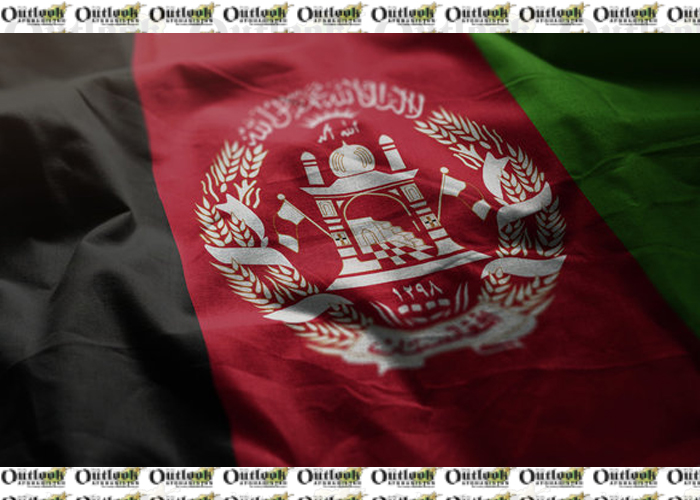Afghanistan with high estimated percentage of working class and middle class, massive urbanization, exponential growth in residential energy demand and highly need of energy for industry, faces a technical, economic and social challenge and on top of that environmental barriers make it more complicated problem to solve. Nonetheless similar challenges are making mess and being noticed around the world. So, Afghanistan and the globe are in these issues together.
After decades of work by countries and United Nations including UN department of economic and social affairs, today we have 2030 Agenda for Sustainable Development with 17 sustainable development goals (17SDGs) and its 169 targets to meet the mentioned problems. SDGs’ targets aim for almost every aspect of human life generally divided to three themes as Economy, Society and Biosphere. Although many goals have thematic interference to more than one theme, take SDG1 “NO POVERTY” as an example, this goal is in society category but it also has economic theme and SDG8 “DECENT WORK AND ECONOMIC GROWTH” has the vice versa interest. Some of major issues considered are, water, energy, climate, agriculture and food, oceans and marine life, ecosystem, urbanization, living and health, education, gender equality, transport, science and technology.
SDG7: Ensure Access to affordable, reliable, sustainable and modern energy for all
SDG7 is defined by 5 targets and 6 indicators. Targets specify the desired outputs, and indicators are usually quantitative and numbers designed to track the progress and understand where we are in the way to reach the targets. SDG7 has also multi thematic effects and interactions. Indicators like 7.A.1 “ACCESS AND INVESTMENT IN CLEAN ENERGY” show that SDG7 has both economic and biosphere theme, in addition indicator 7.1.1 “ACCESS TO ELECTRICITY” also has a social theme.
Table 1 shows a brief summary of SDG 7 with its targets and indicators and Afghanistan position in relevant targets.
Afghanistan Power Sector Master Plan
2032 is appointed as deadline to reach Afghanistan strategic goals as:
(Afghanistan Power Sector Master Plan is prepared by Dr. Roland Neifer, checked by Dr. Liliana Oprea and funded by ADB)
1. Provide power supply to the population in whole Afghanistan, this objective is in line with one of the SDG7 targets which is energy access. As of late 2020 current electricity grid of Afghanistan including all transmission and distribution networks can deliver less than 50% of country electricity demand. Similarly, the energy access pillar for Afghanistan is scored 42 out of 100 in Regulatory Indicators for Sustainable Energy report (RISE) 2020.
2. Development toward more self-sufficient power supply and toward the establishment of an integrated network for Afghanistan, which is one of the targets in SDG7 namely as reliable and secured energy. Although it is estimated a large investment has to be taken. This is where we can find and create opportunities for private investment. Bayat energy 42 MW gas-to-electric investment is a big opportunity as pilot project for Afghan government in job creation and in energy affordability indicators. One of the other public-private partnership models is 20 year-term mazar independent power purchase (IPP) signed in January 2018 between Government of Afghanistan and Ghazanfar Group with International Finance Corporation (IFC) department of World Bank as lead advisor creating hundreds of jobs.
Another good point made in Afghanistan power master-plan is that both Demand and Supply-side management is considered and demand forecast is analyzed into sectorial breakdown. Many plans and policies are designed for supply-side of the system including generation (renewable and non-renewable) and also importing from neighboring countries, also on demand-side two major options are discussed, load management and energy efficiency. Although in load management, neither incentive electric tariff (lower cost per unit) for industry to shift load to off-peak nor penalty tariff for on-peak load are applied, Business and industry electric tariff are at fixed price per unit.
Clean cooking is another pillar to focus on, indicators like planning, scope of planning, standards and labeling, incentives, creating awareness, targeting beneficiaries, financing mechanism and etc. are most necessary and essential to join our energy plan.
Applied Afghanistan telecommunication business model jumping over land and cable telephones from no communication to internet access by cell-phones (3G and LTE) and private Internet Services Providers (ISPs) creating a competitive oligopoly market (few sellers/providers) can be a very good methodology of future energy approach strategy skipping coal and other fossil fuels toward affordable, reliable and clean energy.
In general, an update of Afghanistan power master plan needs to be carried out on regular basis the same as a university curriculum for educational and academic improvement is considered, and with new uncovered strength and weakness points in many fields including renewable energy potential, data of current situation and proved reserves of natural resources by feasibility studies, and with changes in budget, indicators and more importantly adopted UN-SDG7 in 2016, Afghanistan power master plan update is indeed a top priority. Energy Service Regulation Authority as a lead in high level policy making department and Da Afghanistan Breshna Sherkat (DABS) as the national power utility could take part regarding to this issue, in addition Ministry of finance as the highest-level authority can help pilot projects to live and grow, and encourage international donors to invest through relevant incentive policies and applicable subsidies.
Home » Opinion » Afghanistan Power Master Plan and SDG7 Perspective
Afghanistan Power Master Plan and SDG7 Perspective
| Mohsen Entezary

